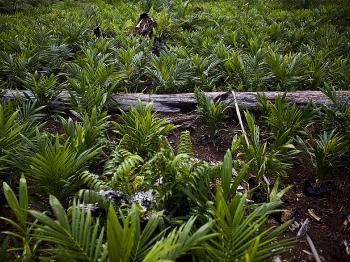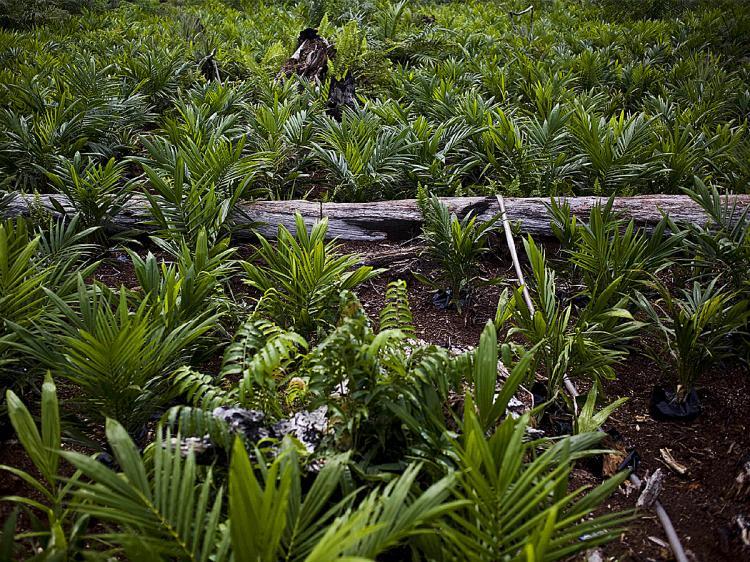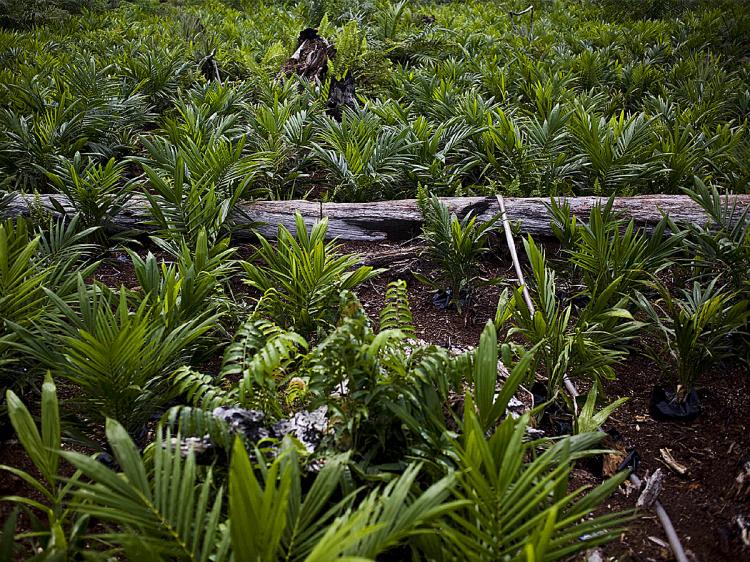Global warming may be eased through genetically altered plants and trees, according to recent research. Researchers say that modifying natural biological processes in various plants could increase carbon sequestration from the atmosphere. The study is found in the latest issue of BioScience.
Researchers at Lawrence Berkeley National Laboratory and Oak Ridge National Laboratory suggest several strategies for improving the ability of plants and trees to sequester CO2 from the atmosphere and convert it into long-lived forms of carbon. They say that genetic alterations could increase plants’ efficiency to absorb light, or send more carbon to their roots to remove it from circulation for several centuries.
Scientists also propose alterations to plants so that they could thrive in poorer soils yet still improve yields for bioenergy, further offsetting greenhouse gas emissions.
Plants naturally assimilate atmospheric CO2 through photosynthesis. Specimens with extensive root systems, such as herbaceous plants and perennial trees, store large amounts of organic carbon in above- and below-ground biomass. But this sequestration only lasts as long as the life of the plant—when the plant is harvested or decays, the carbon returns to the atmosphere.
Furthermore, the rate at which the world’s plant life naturally sequesters carbon cannot match what modern industry can produce. The report notes that human activities, such as fossil-fuel consumption and cement production, are responsible for an annual emission of nine gigatons of carbon.
Terrestrial and oceanic systems can absorb about five gigatons of this anthropogenic carbon release. The remaining four gigatons stay in the atmosphere.
To remove this excess CO2 from the atmosphere, scientists suggest applying current understandings of plant biology and “exploring how advanced genetic engineering approaches can help us achieve significant growth” of long-term carbon sequestration in “different terrestrial biomes, such as forests, grasslands, bioenergy plantations, and agriculture.”
Researchers explain that carbon captured in plant biomass can also contribute to sequestration through the deliberate addition of biochar to soil, wood burial, or the use of durable plant products. Biochar is plant material cooked to a charcoal-like consistency. It is porous and can improve soil.
By manipulating factors such as plant, microbial, and soil biology—in addition to genetic alterations to significantly increase the potential of phytosequestration—scientists believe that significantly more carbon can be removed from the atmosphere.
The October issue of BioScience includes several other ideas about enhancing biological carbon sequestration.
Not everyone believes that genetic alteration is the best approach. Other articles in this issue analyze the substantial ecological and economic constraints that limit such efforts.
Researchers at Lawrence Berkeley National Laboratory and Oak Ridge National Laboratory suggest several strategies for improving the ability of plants and trees to sequester CO2 from the atmosphere and convert it into long-lived forms of carbon. They say that genetic alterations could increase plants’ efficiency to absorb light, or send more carbon to their roots to remove it from circulation for several centuries.
Scientists also propose alterations to plants so that they could thrive in poorer soils yet still improve yields for bioenergy, further offsetting greenhouse gas emissions.
Plants naturally assimilate atmospheric CO2 through photosynthesis. Specimens with extensive root systems, such as herbaceous plants and perennial trees, store large amounts of organic carbon in above- and below-ground biomass. But this sequestration only lasts as long as the life of the plant—when the plant is harvested or decays, the carbon returns to the atmosphere.
Furthermore, the rate at which the world’s plant life naturally sequesters carbon cannot match what modern industry can produce. The report notes that human activities, such as fossil-fuel consumption and cement production, are responsible for an annual emission of nine gigatons of carbon.
Terrestrial and oceanic systems can absorb about five gigatons of this anthropogenic carbon release. The remaining four gigatons stay in the atmosphere.
To remove this excess CO2 from the atmosphere, scientists suggest applying current understandings of plant biology and “exploring how advanced genetic engineering approaches can help us achieve significant growth” of long-term carbon sequestration in “different terrestrial biomes, such as forests, grasslands, bioenergy plantations, and agriculture.”
Researchers explain that carbon captured in plant biomass can also contribute to sequestration through the deliberate addition of biochar to soil, wood burial, or the use of durable plant products. Biochar is plant material cooked to a charcoal-like consistency. It is porous and can improve soil.
By manipulating factors such as plant, microbial, and soil biology—in addition to genetic alterations to significantly increase the potential of phytosequestration—scientists believe that significantly more carbon can be removed from the atmosphere.
The October issue of BioScience includes several other ideas about enhancing biological carbon sequestration.
Not everyone believes that genetic alteration is the best approach. Other articles in this issue analyze the substantial ecological and economic constraints that limit such efforts.








Friends Read Free